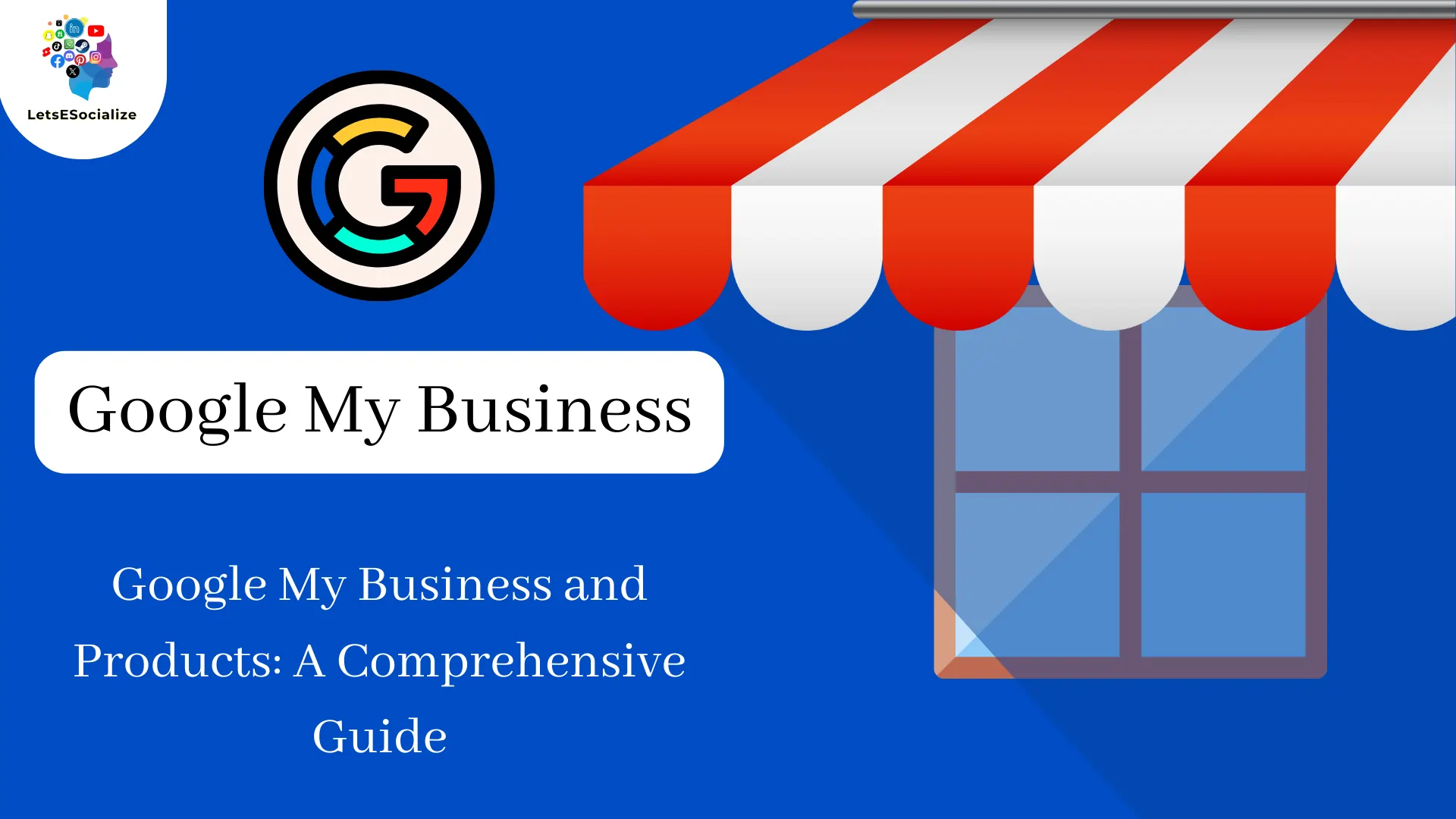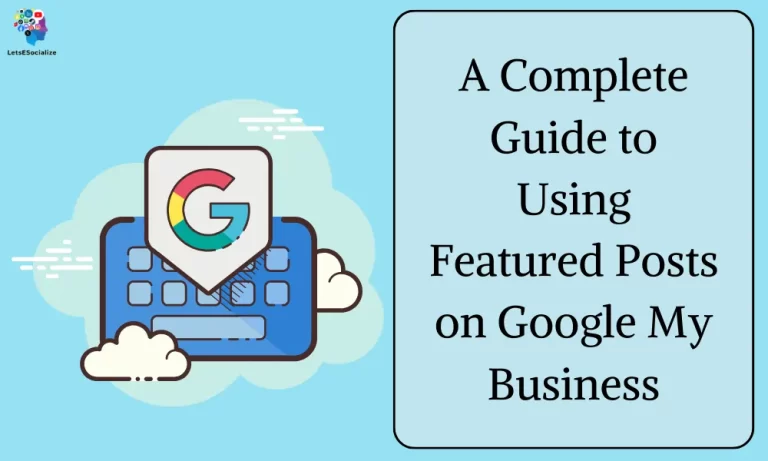In today’s digital age, having a strong online presence is crucial for businesses to succeed. Google My Business and Products is a powerful tool that allows businesses to manage their online presence and connect with customers. In this comprehensive guide, we will explore how businesses can leverage GMB to showcase their products and attract more customers.
Table of Contents
What is Google My Business and Products?

Google My Business (GMB) is a free tool by Google that helps businesses manage their online presence across Google Search and Maps. It allows businesses to:
- Claim and manage their business listing: This ensures your business information is accurate and up-to-date, including your address, phone number, website, opening hours, photos, and descriptions.
- Appear in local search results: When people search for your business name or similar businesses in your area, your GMB listing can appear prominently in Google Search and Maps.
- Connect with customers directly: Through your GMB listing, customers can call you, visit your website, leave reviews, and ask questions. This allows you to interact with potential and existing customers directly.
- Gain insights: GMB provides analytics tools that help you understand how people are finding your business online, what they’re interested in, and how your listing is performing.
Benefits of using GMB:
- Increased visibility: Improved searchability in Google Search and Maps can lead to more customers finding your business.
- Improved customer engagement: Direct communication with customers through your listing can help build trust and loyalty.
- Better reputation management: Responding to reviews and managing your online presence can build a positive reputation.
- Free to use: There are no charges for basic GMB features, making it accessible to businesses of all sizes.
Who can use GMB?
GMB is free and available to any business with a physical location or service area. This includes businesses like restaurants, shops, service providers, professionals, and organizations.
Getting started with GMB:
- Create a Google account if you don’t already have one.
- Go to the Google My Business website and claim your business listing.
- Verify your business ownership through one of the available methods.
- Enter your business information and complete your profile.
- Add photos, descriptions, and other relevant information.
- Start interacting with customers by responding to reviews and questions.
Also Read – Google My Business Descriptions 2024
Also Read – How to Optimize Google My Business Listings for Maximum Visibility 2024
Importance of Google My Business for Businesses
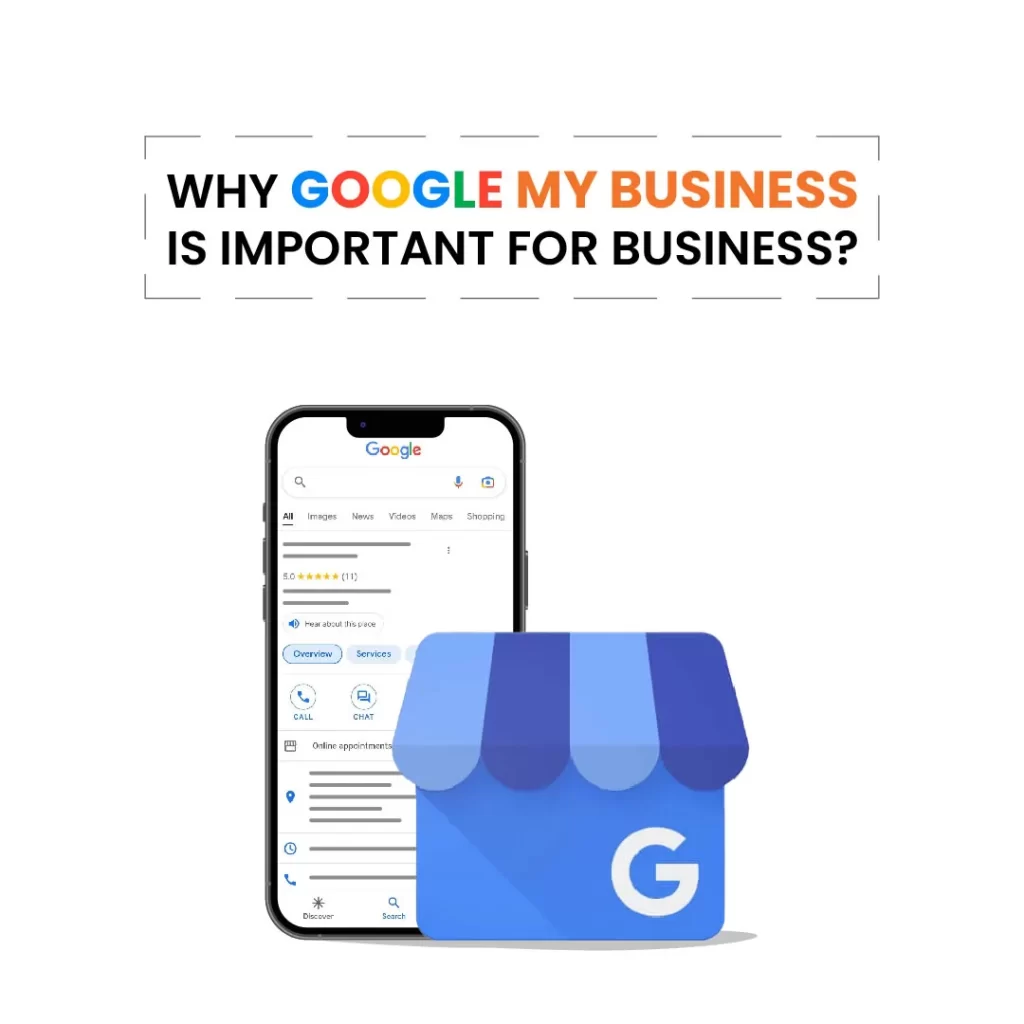
In today’s digital landscape, having a strong online presence is crucial for businesses of all sizes. Google My Business (GMB) plays a vital role in achieving this, making it incredibly important for businesses to utilize this free tool. Here’s a breakdown of why:
Increased Visibility and Local Search Dominance:
- GMB listings appear prominently in Google Search and Maps results, increasing the chances of potential customers finding your business when searching for products, services, or businesses in your area. Studies show that local searches often lead to offline purchases, highlighting the significance of GMB for local businesses.
- Accurate and optimized GMB profiles with relevant keywords rank higher in local search results, further increasing your visibility and attracting more potential customers.
Direct Customer Engagement and Trust Building:
- GMB facilitates direct communication between you and your customers. They can call you, visit your website, leave reviews, and ask questions directly through your listing. This interactive platform allows you to build trust and relationships with potential and existing customers.
- Responding to reviews, both positive and negative, demonstrates your commitment to customer satisfaction and helps you manage your online reputation effectively.
Free Marketing and Analytics Tools:
- GMB is entirely free to use, offering valuable marketing tools like insights and analytics at no cost. You can track how people are finding your business online, what actions they take on your listing, and even analyze competitors’ listings. This data helps you understand your audience better and optimize your GMB profile for improved results.
Competitive Advantage:
- By actively managing your GMB profile and utilizing its features, you gain a competitive edge over businesses that neglect their online presence. A well-managed GMB listing can significantly boost your search ranking and attract more customers compared to competitors with incomplete or inactive profiles.
Enhanced Brand Authority and Credibility:
- A comprehensive and informative GMB profile showcases your business professionally and builds trust with potential customers. Highlighting positive reviews, awards, and relevant business information strengthens your brand authority and creates a credible online presence.
Integration with other Google Products:
- GMB seamlessly integrates with other Google products like Google Ads and Google Search Console, offering additional marketing and advertising opportunities to reach a wider audience.
Mobile-first Experience:
- With the majority of searches now happening on mobile devices, GMB’s mobile-friendly platform ensures your business information is easily accessible and user-friendly for smartphone users.
Remember: GMB is a powerful tool that requires ongoing effort and attention. Regularly updating your profile, responding to reviews, and analyzing your data will maximize its benefits and help your business thrive in the online world.
Setting Up Your Google My Business Profile
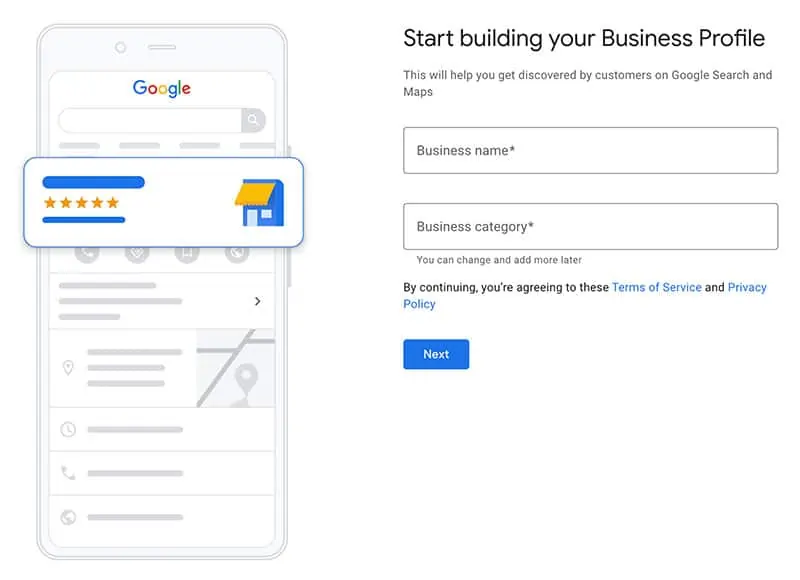
Setting up your Google My Business (GMB) profile is a straightforward process that can significantly boost your online presence. Here’s a step-by-step guide to get you started:
1. Create a Google Account: If you don’t already have one, create a free Google account with an email address associated with your business.
2. Visit the Google My Business website: Go to https://business.google.com/ and click “Manage now.”
3. Search for your business: Enter your business name and see if it already exists. If it does, claim the listing; if not, click “Add a new business.”
4. Enter your business information: Accurately fill out all the required fields, including your business name, address, phone number, website, category, and opening hours. Be as detailed as possible.
5. Verify your business: Google needs to confirm you’re the legitimate owner. Choose your preferred verification method (phone call, postcard, email, or video call) and follow the instructions.
6. Complete your profile: Now you can enhance your listing with high-quality photos, a detailed description of your business, your service area, special offers, and attributes (like pet-friendly, Wi-Fi available).
7. Optimize for search: Use relevant keywords in your profile content to improve your search ranking. Consider hiring a marketing specialist for keyword research and optimization.
8. Add photos and videos: Showcase your business with attractive photos of your storefront, interior, products, team, and customers. Consider adding engaging videos as well.
9. Encourage customer reviews: Positive reviews build trust and attract new customers. Politely ask satisfied customers to leave positive reviews on your GMB profile.
10. Respond to reviews: Always respond to reviews, both positive and negative. Thank customers for their feedback and address any concerns promptly and professionally.
11. Track your performance: GMB Insights offers data on how people find your listing, what actions they take, and your competitors’ performance. Use this data to improve your profile and marketing strategies.
Additional Tips:
- Post updates regularly about events, promotions, or new offerings.
- Use call-to-action buttons to encourage website visits or phone calls.
- Connect your GMB profile to your social media accounts for cross-promotion.
- Consider utilizing paid GMB advertising options for wider reach.
Remember, maintaining your GMB profile is crucial. Regularly update information, respond to reviews, and analyze your data to ensure your listing remains accurate, engaging, and effective in attracting new customers.
Introduction to Google My Business Products Feature
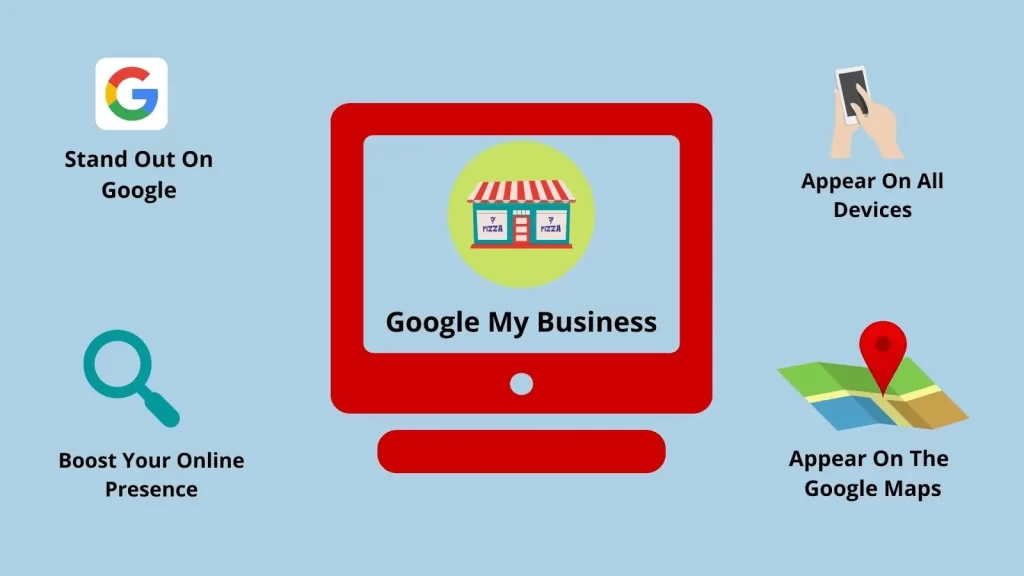
The Google My Business Products feature is a powerful tool that allows businesses to showcase their products directly on their Google My Business (GMB) profile. This can significantly increase product visibility, drive online sales, and attract new customers. Here’s an introduction to its key features and benefits:
What it is:
- A built-in feature within GMB profiles that allows businesses to list and showcase their products with images, descriptions, prices, and links to purchase.
- Available to most business categories, with some exceptions.
Benefits:
- Increased product visibility: Customers searching for specific products near them can easily find your offerings directly on your GMB profile.
- Improved online sales: By showcasing products with links to your website or online store, you can facilitate seamless online purchases.
- Enhanced customer engagement: Detailed product information and high-quality images attract potential customers and encourage them to explore your offerings.
- Free advertising: Listing your products on GMB is completely free, offering valuable advertising space without additional costs.
- Easy to use: Adding and managing products through the GMB dashboard is straightforward and user-friendly.
Key features:
- Product listing creation: Add individual products with titles, descriptions, prices, and high-resolution images.
- Inventory management: Update product information, availability, and prices in real time.
- Category selection: Organize your products into relevant categories for better browsing.
- Call to action: Include links to your website or online store for direct purchasing.
- Performance insights: Access analytics to track product views and user engagement.
Things to consider:
- Not a full-fledged e-commerce platform: GMB Products primarily serves as a showcase, not a complete online store with shopping cart functionality.
- Product limitations: There might be restrictions on the number of products you can list, depending on your business category.
- Image quality: Invest in high-quality product photos to capture attention and attract customers.
Adding Products to Your Google My Business Profile

Adding products to your Google My Business (GMB) profile is a great way to showcase your offerings, attract customers, and potentially increase sales. Here’s a detailed guide to walk you through the process:
Eligibility:
Before diving in, ensure your business category qualifies for the Products feature. You can check this directly in your GMB dashboard. Currently, it’s not available for all businesses, but the list of eligible categories keeps expanding.
Two Methods for Adding Products:
- Product Editor:
- Go to your GMB dashboard and click “Products.”
- Select “Add product” and enter the product details:
- Title: Clear and concise description of the product.
- Description: Highlight key features and benefits.
- Price: Include currency symbol and decimal points.
- Category: Choose the most relevant category from the provided list.
- Inventory: Indicate if the product is in stock or out of stock.
- Images: Upload high-quality, attractive photos (minimum 720×720 pixels).
- Call to action: Add a link to your website or online store where customers can purchase the product.
- Click “Save” to add the product to your profile.
- Pointy Integration:
- If you use Pointy, a point-of-sale system, you can connect it to your GMB profile to automatically sync your product catalog.
- This requires setting up Pointy and linking it to your GMB account.
- Once connected, product information automatically populates your GMB profile, saving you time and effort.
Additional Tips:
- Optimize for search: Use relevant keywords in your product titles and descriptions to improve discoverability.
- Highlight promotions: Showcase sales, discounts, and special offers to attract customers.
- Engage with customers: Respond to questions and reviews about your products to build trust and encourage interaction.
- Keep it updated: Regularly add new products, remove outdated ones, and update information to ensure accuracy.
- Track performance: Monitor product views and engagement through GMB Insights to gauge their effectiveness.
Remember:
- High-quality images are crucial – they grab attention and entice customers to learn more.
- Compelling descriptions highlight features and benefits, influencing purchase decisions.
- Clear calls to action direct customers to your website or purchase point for conversion.
- Regular updates and engagement keep your product listings fresh and relevant.
By following these steps and incorporating best practices, you can effectively utilize the Google My Business Products feature to showcase your offerings, reach new customers, and potentially boost your online sales.
Best Practices for Optimizing Product Listings on Google My Business
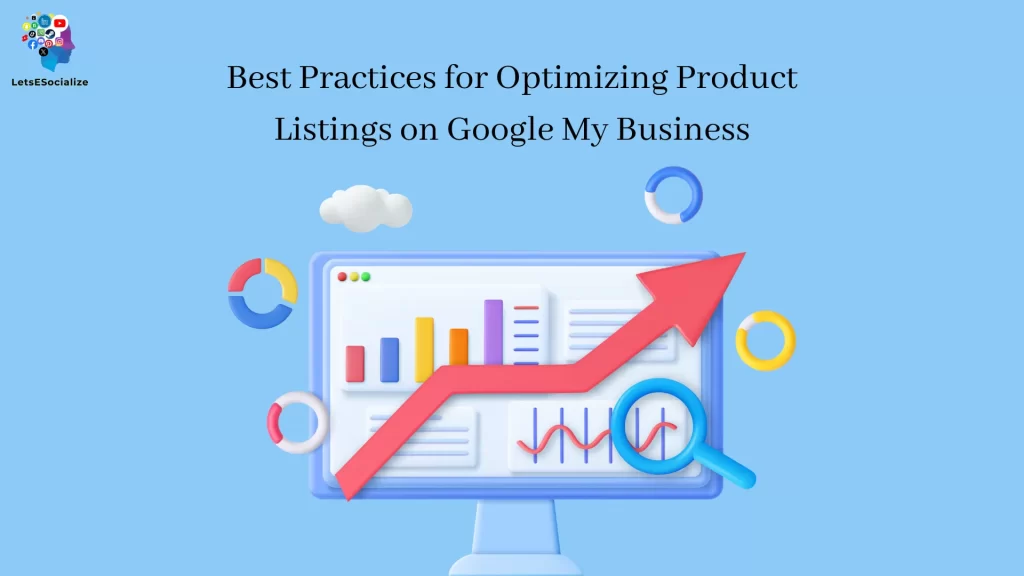
Optimizing your product listings on Google My Business can significantly increase their visibility, engagement, and ultimately, sales. Here are some key best practices to follow:
Content and Information:
- Complete and Accurate Information: Ensure all product details are filled out accurately, including titles, descriptions, prices, categories, and inventory status. Accuracy builds trust and helps customers find the information they need.
- Keyword Optimization: Strategically incorporate relevant keywords in your product titles and descriptions, but avoid keyword stuffing. This improves search ranking and helps customers discover your products.
- Compelling Descriptions: Write concise and engaging descriptions that highlight key features, benefits, and unique selling points. Aim to answer potential customer questions and entice them to learn more.
- High-Quality Images: Use professional-looking photos that showcase your products clearly and attractively. Different angles, zoom options, and showcasing product usage can be beneficial.
- Call to Action: Include a clear call to action, such as a link to your website or online store where customers can purchase the product.
Presentation and Engagement:
- Visual Appeal: Maintain a consistent and visually appealing layout for your product listings. Consider using high-quality product images and consistent formatting.
- Variety of Products: Showcase a diverse range of products to cater to different customer needs and interests. Regularly update your listings with new offerings.
- Promotions and Offers: Highlight any special promotions, discounts, or seasonal offers to attract customers and encourage purchases.
- Encourage Reviews: Request customers to leave reviews for your products. Respond to reviews promptly and professionally, addressing any concerns and thanking customers for their feedback.
- Product Insights: Utilize Google My Business Insights to track product views, clicks, and user engagement. Use this data to understand which products perform well and identify areas for improvement.
Additional Tips:
- Regularly Update: Keep your product information and inventory status up-to-date to reflect any changes.
- Mobile-Friendly: Ensure your product listings are optimized for mobile devices, as the majority of searches happen on smartphones.
- Local Focus: If relevant, tailor your product descriptions and promotions to your local audience and their needs.
- Utilize Promotions: Consider utilizing paid advertising options within Google My Business to further increase product visibility and reach.
- Experiment and Iterate: Don’t be afraid to experiment with different approaches and track the results. Continuously optimize your product listings based on data and customer feedback.
By following these best practices, you can create highly optimized product listings on Google My Business that attract more customers, generate interest, and boost your sales. Remember, consistency, quality, and engagement are key!
Leveraging Google My Business Insights to Track Product Performance
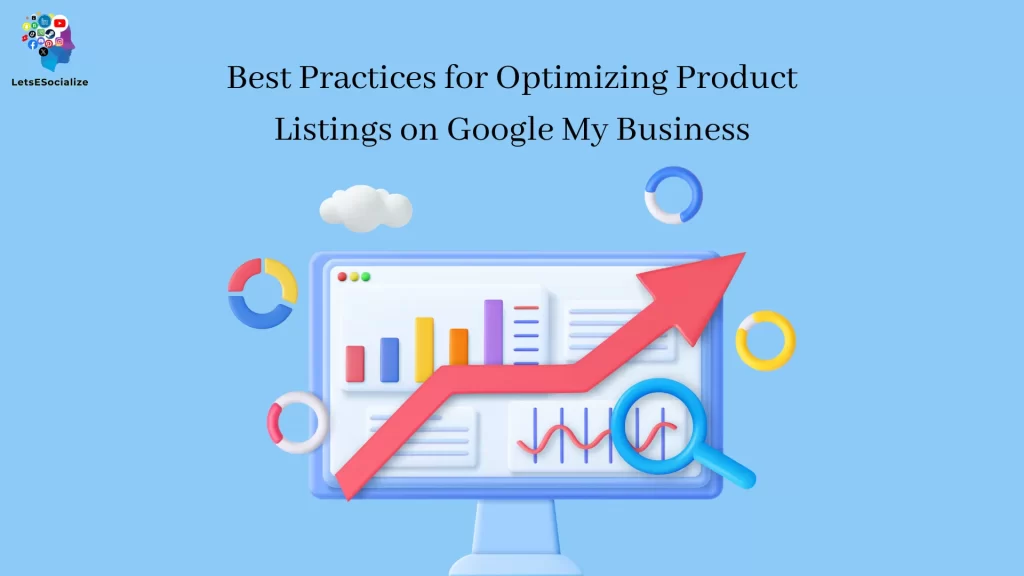
Google My Business Insights is a treasure trove of data for businesses using the Products feature. By leveraging this information effectively, you can gain valuable insights into how your products are performing, identify areas for improvement, and ultimately optimize your listings for better results. Here’s how to use Google My Business Insights to track your product performance:
Key Metrics to Analyze:
- Product Views: This shows how many times your products were viewed in search results or on your GMB profile. High view counts indicate good visibility, but not necessarily conversion.
- Clicks: This metric tells you how many users clicked on your product links to learn more or visit your website. It indicates potential interest and intent to purchase.
- Website Click-Through Rate (CTR): This measures the percentage of people who saw your product and clicked through to your website. A higher CTR suggests compelling listings and effective calls to action.
- Top-Viewed Products: Identify which products are driving the most views and clicks. Focus on optimizing these high-performing items to further improve their visibility and conversion rates.
- User Actions: Track actions like phone calls and booking requests initiated directly from your GMB profile. This shows how customers are engaging with your products beyond website visits.
Leveraging Insights for Action:
- Identify Underperforming Products: Analyze products with low views or clicks to understand why they might not be attracting attention. Consider improving descriptions, images, or promotions for these products.
- Optimize Keyword Usage: Based on search terms used by users to find your products, refine your keyword strategy to improve visibility for relevant searches.
- Experiment with Promotions: Use Insights to see which promotions or offers resonate most with customers and adjust your approach accordingly.
- Target Specific Audiences: Analyze the demographics of users viewing your products to tailor your descriptions and promotions to their interests and needs.
- Compare Performance: Track product performance over time to identify trends and measure the effectiveness of your optimization efforts.
Additional Tips:
- Set Goals and Track Progress: Define specific goals for your product listings (e.g., increased views, clicks, or sales) and track your progress towards them using Insights data.
- Benchmark Against Competitors: Analyze your performance compared to similar businesses in your area to identify areas for improvement.
- Combine with Other Data Sources: Integrate Insights data with other analytics tools (e.g., website traffic data) for a more comprehensive view of your product performance.
- Seek Professional Help: If you need assistance interpreting data or developing an optimization strategy, consider consulting a marketing professional with expertise in Google My Business.
By effectively using Google My Business Insights, you can gain valuable insights into your product performance, make data-driven decisions, and optimize your listings for maximum visibility, engagement, and sales. Remember, continuous analysis, experimentation, and adaptation are key to success in the dynamic online marketplace.
Integrating Google My Business Products with Other Marketing Channels
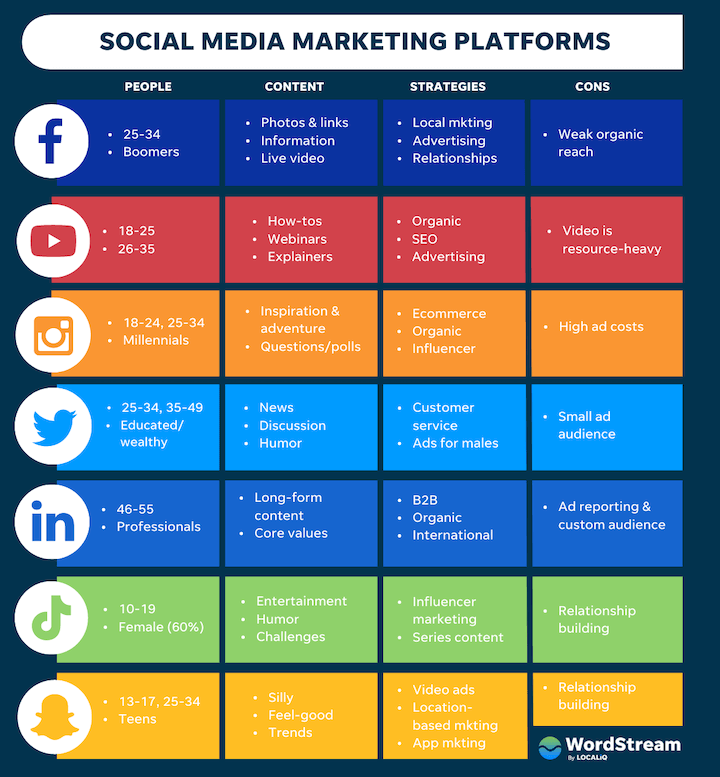
Integrating Google My Business Products with other marketing channels is a powerful strategy to maximize their reach and effectiveness. Here are some key ways to achieve this:
Website and Online Store:
- Product Data Consistency: Ensure product information, including titles, descriptions, images, and prices, is consistent across your website, online store, and GMB listings. This creates a seamless user experience and builds trust.
- Call to Action: Include clear calls to action on your GMB listings that direct users to your website or online store for purchase.
- Website Badges: Utilize Google My Business badges on your website to showcase your GMB profile and encourage customer reviews.
- Product Linking: If you use a website builder or e-commerce platform with GMB integration, leverage it to automatically sync product information and reviews.
Social Media:
- Promote your GMB listings: Share your GMB profile link on your social media profiles and encourage followers to leave reviews and interact with your products.
- Highlight specific products: Run social media campaigns featuring products listed on your GMB profile, with eye-catching visuals and calls to action.
- Engage with customer questions: Respond to product-related questions and comments on social media, directing users to your GMB listings for more information.
Email Marketing:
- Include GMB updates: Inform your email subscribers about new products added to your GMB profile and exclusive promotions available there.
- Personalize recommendations: Based on purchase history or website behavior, use email marketing to suggest relevant products listed on your GMB profile.
- Integrate reviews: Showcase positive customer reviews from your GMB profile in your email campaigns to build trust and credibility.
Local Marketing:
- Target local audiences: Optimize your GMB listings with local keywords and target local search areas to reach customers in your vicinity.
- Partner with other local businesses: Collaborate with complementary businesses for cross-promotion, potentially listing their products on your GMB profile or vice versa.
- Community engagement: Participate in local events and initiatives, promoting your GMB profile and products to local audiences.
Additional Tips:
- Track and Analyze Performance: Monitor the impact of your integration efforts across different channels to identify what works best and adjust your approach accordingly.
- Utilize Paid Advertising: Consider using paid advertising options within Google My Business and other platforms to further amplify your product reach and visibility.
- Maintain Consistency: Ensure consistent branding and messaging across all channels to create a unified customer experience.
By taking a multi-channel approach and integrating Google My Business Products with your other marketing efforts, you can significantly increase product visibility, engage with customers more effectively, and ultimately drive sales and business growth. Remember, a strategic and consistent approach is key to maximizing the potential of this powerful tool.
Common Challenges and Solutions for Managing Products on Google My Business

While Google My Business Products can be a valuable tool for businesses, several challenges can arise during management. Here are some common ones and potential solutions:
Challenge: Limited product listing quantity.
Solution: Prioritize your most popular or profitable products. Consider using categories effectively to showcase wider offerings without exceeding the limit.
Challenge: Maintaining accurate and updated information across multiple products.
Solution: Develop a system for regular product inventory checks and information updates. Utilize tools like spreadsheets or integrations with your point-of-sale system to streamline the process.
Challenge: Creating high-quality and engaging product descriptions for all listings.
Solution: Invest in a content creation strategy or hire freelance writers. Utilize templates and guidelines to ensure consistent descriptions while allowing room for individual product details.
Challenge: Encouraging customers to leave reviews for specific products.
Solution: Directly request reviews from satisfied customers after purchases or positive interactions. Offer incentives for leaving reviews, such as discounts or loyalty points.
Challenge: Analyzing and tracking the performance of individual products.
Solution: Utilize Google My Business Insights and integrate data with other analytics tools for a comprehensive view. Track metrics like views, clicks, and conversions to identify strengths and weaknesses.
Challenge: Keeping up with Google My Business updates and platform changes.
Solution: Subscribe to Google My Business updates and newsletters. Follow relevant blogs and online communities to stay informed about new features and best practices.
Additional Tips:
- Utilize GMB’s bulk upload features for efficient product data updates.
- Leverage Pointy integration if you use this point-of-sale system for automatic product synchronization.
- Respond to all product-related questions and reviews promptly and professionally.
- Experiment with different product listing formats and images to see what resonates most with your audience.
- Consider seeking professional help from marketing specialists with expertise in Google My Business.
By proactively addressing these challenges and implementing effective solutions, you can ensure your Google My Business Products are well-managed and informative, and contribute to your business’s success. Remember, consistent effort, optimization, and data-driven decision-making are key to unlocking the full potential of this valuable tool.
Also Read – The Complete Guide to Google My Business and Attributes 2024
Also Read – A Complete Guide to Enabling Bookings on Google My Business 2024
Frequently Asked Questions About Google My Business Products
Conclusion: Unleashing the Power of Google My Business Products
By harnessing the potential of Google My Business Products, you can significantly enhance your online presence, engage customers more effectively, and ultimately drive sales and business growth. Here’s a recap of the key takeaways:
Benefits:
- Increased product visibility: Showcase your offerings directly to local customers searching for specific products.
- Improved online sales: Make purchases seamless by linking products to your website or online store.
- Enhanced customer engagement: Attract customers with compelling product information and encourage interaction.
- Free advertising: Gain valuable advertising space without additional costs.
- Easy to use: Add and manage products through a user-friendly interface.
Best Practices:
- Ensure accuracy and completeness: Provide detailed product information with high-quality images.
- Optimize for search: Use relevant keywords in titles and descriptions.
- Highlight unique selling points: Differentiate your products from competitors.
- Showcase value and benefits: Explain why customers should choose your products.
- Respond to reviews and questions: Engage with customers and build trust.
- Track performance and optimize: Utilize data insights to improve listings.
- Integrate with other marketing channels: Amplify reach and engagement.
Challenges and Solutions:
- Limited product listings: Prioritize key products and leverage categories effectively.
- Information management: Develop a systematic update process and utilize tools for efficiency.
- Engaging descriptions: Invest in content creation or use templates with individual details.
- Encouraging reviews: Request reviews, offer incentives, and respond promptly.
- Performance analysis: Utilize GMB Insights and integrate external data for holistic views.
- Keeping up with updates: Subscribe to resources and follow relevant communities.
Remember:
- Consistency and quality are key for effective listings.
- Data-driven decisions improve performance and maximize potential.
- Proactive management attracts customers and drives sales.
- Continuous optimization ensures long-term success.
By following these insights and taking action, you can transform Google My Business Products into a powerful tool for your business, attracting customers, boosting sales, and achieving your entrepreneurial goals.

